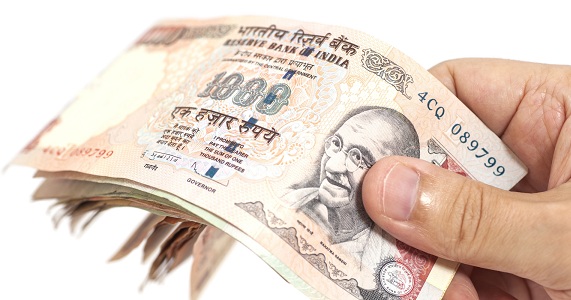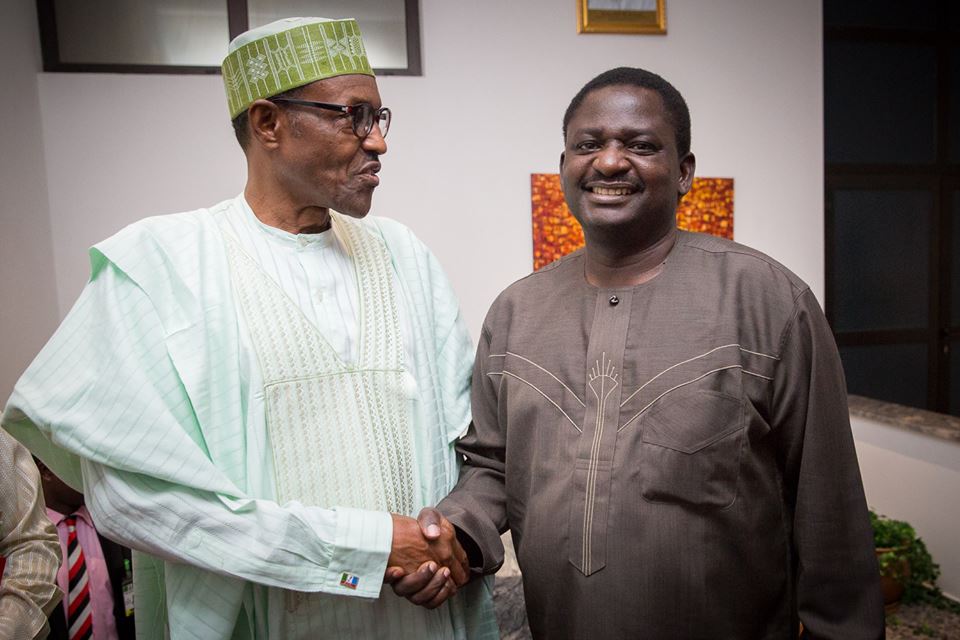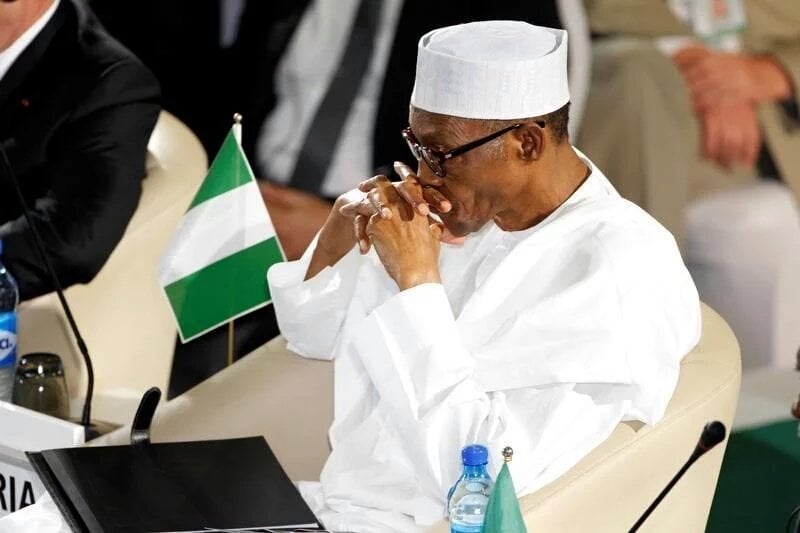After a hiatus brought about by work exigencies on the one hand and a rapidly unpredictable business environment in terms of Policy framework articulation and development on the other, I have decided to resume my writing in 2018 with full vigour and will constantly seek to harp on issues that would help our quest for economic development.
The articulation below is a succinct attempt at identifying a competitive framework and model that India has adopted in a quest to be globally competitive and from which Nigeria can learn. As I have often said repeatedly, you can only be competitive when you identify and utilize your areas of comparative advantage to the fullest.The bulk of the referencing material for the below came from a Brookings educational research working paper on Trade policy in India and from which we can borrow a leaf or two.
1.0 Introduction
The world of international trade is in constant evolution and likewise Trade policies. As the focus areas in trade policy are framed by new efforts to establish trade agreements among nations, trade policies need to be regularly reviewed for current global relevance. This research takes a case study from India, a country that in 1991 was in the throes of depleting foreign exchange reserves (which at a point could only finance two weeks’ worth of imports). By focusing on reforms in areas like tariffs, non-tariff and export policy, India provides a backdrop for countries like Nigeria to develop a future-proof and globally competitive trade policy.
Advertisement
2.0 Tariff Reforms
The government of India established a committee to implement the reforms based on some key indicators. The committee was of the view that the very high tariffs applicable to most commodities, wide spread of these tariffs, and the multiplicity of statutory rates not only made the administration of the system extremely complicated, but led to unintended consequences like sub-optimal allocation of resources. There was a consensus that the import tariffs and their spread should be drastically decreased,in addition to the re-structuring of the multiple duties.
2.1 Decreasing tariffs
Advertisement
There is sufficient data to show a downward trend in India’s tariffs overtime(including decreasing maximum tariff rates). This reform focused on decreasing tariffs in a measured way, especially for industrial commodities with hitherto very high tariffs. This was achieved by a reduction in the peak rates for a large proportion of tariff lines for non-agricultural industrial commodities. The reasoning behind this was that non-agricultural industrial products were critical to building a productive base for the economy. Reducing rates for these products served to kick-start what has since become an industrial revolution.
This approach led India on a pathway to being a low tariff economy, based on the actual applied average tariffs which encompasses all concessions and exemptions calculated by estimating the customs tariffs per unit of import. The estimate for India is not too different from that of the United States, which is one of the low average tariff economies. It should be noted that the custom revenue on average tariff for the United States is 1.5 per cent, computed also on the basis of dividing the U.S. customs revenue by its merchandise imports. India’s tariffs are around this average.
2.1 Multiplicity of statutory rates
India’s complicated tariff system was composed of auxiliary duties, additional duties, special additional duties and surcharges. Prior to the reforms, India imposed high auxiliary duties on imports. These were merged with basic tariffs and the overall combined tariff level (basic rate plus auxiliary inclusive of specific duties) and was capped at the rate specified in the Indian budget: 150 per cent in 1991, 110 per cent in 1992. However, in the 1993 Union Budget, the government merged the auxiliary duty with basic duty rate, thus doing away with the auxiliary duty. These were supposed to be in lieu of internal tax- to offer a level playing field for domestic producers. The tax system allows crediting these taxes if the product is used as a part of the value chain and subsequently enters domestic sales as an input.Nigeria can borrow a leaf from this, especially with credits on use of imports for value chains like healthcare, education, and agriculture, which are development catalysers.
Advertisement
3.0 Non-tariff Reform
The India trade policy with regards to non-tariff reforms and measures affecting imports were structured around quantitative restrictions (including licensing), anti-dumping measures, and technical barriers to trade.
3.1 Import restrictions and licensing measure
India had provisions for import licencing and import prohibitions. Prior to the reforms, India’s import licensing regime was considerably complex and restrictive. All imports unless specifically exempted were subject to licensing requirements which operated under a system with “positive” commodity lists. Imports were classified under four broad categories: banned items, restricted items, limited permissible items, and open general license (OGL) items. Different import approval systems applied for different license categories.
Advertisement
3.2 Anti-dumping measure
India is one of the largest users of anti-dumping measures in the world with little to no effect on its low tariff measures. It is interesting to note that as India’s tariff decreased, its number of anti-dumping actions increased and continues to be even higher compared to years prior to the implementation of its reforms. This is in line with the conventional understanding of political economy of trade freedom where the general opening-up of the economic gate is followed by alternative trade restrictions like anti-dumping, or other non-tariff measures to provide targeted protection to sensitive sectors whenever there is a felt need for doing so. This raises a challenge for Nigeria, a country that has typically struggled with institutional capacity to implement policy. Lowering tariffs must come with improved institutional capacity to implement stricter border controls and internal policing.
Advertisement
3.3 Technical barriers to trade
India has made an attempt to build international trust for trade by shifting from a focus on developing domestic standards towards aligning policies and capabilities towards international standards. Recognizing the importance of standards for international trade, the government of India with stakeholders developed a roadmap for standard related policies. The quality council of India was setup and two new laws that facilitated the policy framework for conformity assessment, which implemented step-wise upgrading of small and medium enterprises to reach regional or global standards. Also, the government encourages or supports initiatives for MOUs between Indian agencies and international agencies which develop or validate standards/conformity assessment. In Nigeria, the United Nations Industrial Development Organisation (UNIDO) is currently implementing the Nigerian National Quality Infrastructure Project (NQIP) to build trust for Trade. The Programme has five focal areas; the development of a national accreditation body, the enactment of a national quality policy, the development of a metrology institute, building institutional capacity for conformity assessment and the promotion of consumer protection. This is a very robust attempt at building trust for trade and some government institutional like the Ministries of Health, Agriculture, Industries, Trade and Investments, as well as their agencies and even the Organised Private Sector (OPS) have benefitted from the institutional strengthening the NQIP has provided for Nigeria’s trade support institutions. The NQIP however has a timeline, which ends in about a year’s time. We hope that at that time, the government will be ready to accelerate the strength of its institutions to support its international trade objectives.
Advertisement
4.0 Export Policies
Similar to imports, India’s exports are subject to controls and monitoring for several products, but with a much smaller coverage. Prior to the reforms, a limited number of exports were prohibited (mainly for moral or environmental reasons) or were subject to export quotas. A relatively larger number of products were subject to export licensing. While exports taxes were used, they were applied to selected specific products. With the trade policy reforms, export polices were reformed. Exporters now have a self-assessment system to facilitate trade, with around 80%of transactions being cleared without physical intervention by Customs. Also, about 98% of trade documentation can be processed electronically. This has provided a lot of transparency and efficiency. Such export processing transparencies are efficiencies are critical to improving Nigeria’s export and import management.
Advertisement
Views expressed by contributors are strictly personal and not of TheCable.
Add a comment







